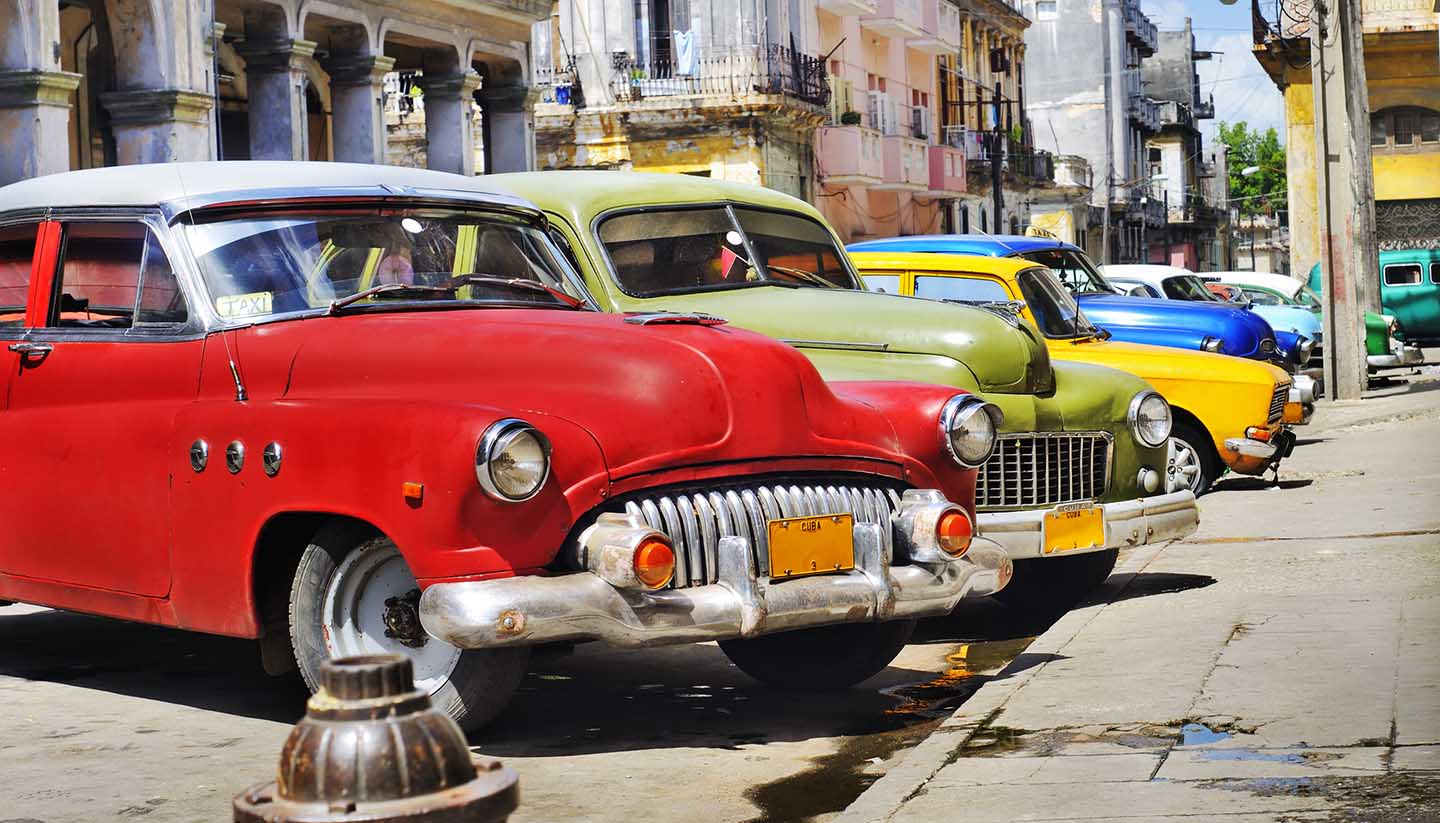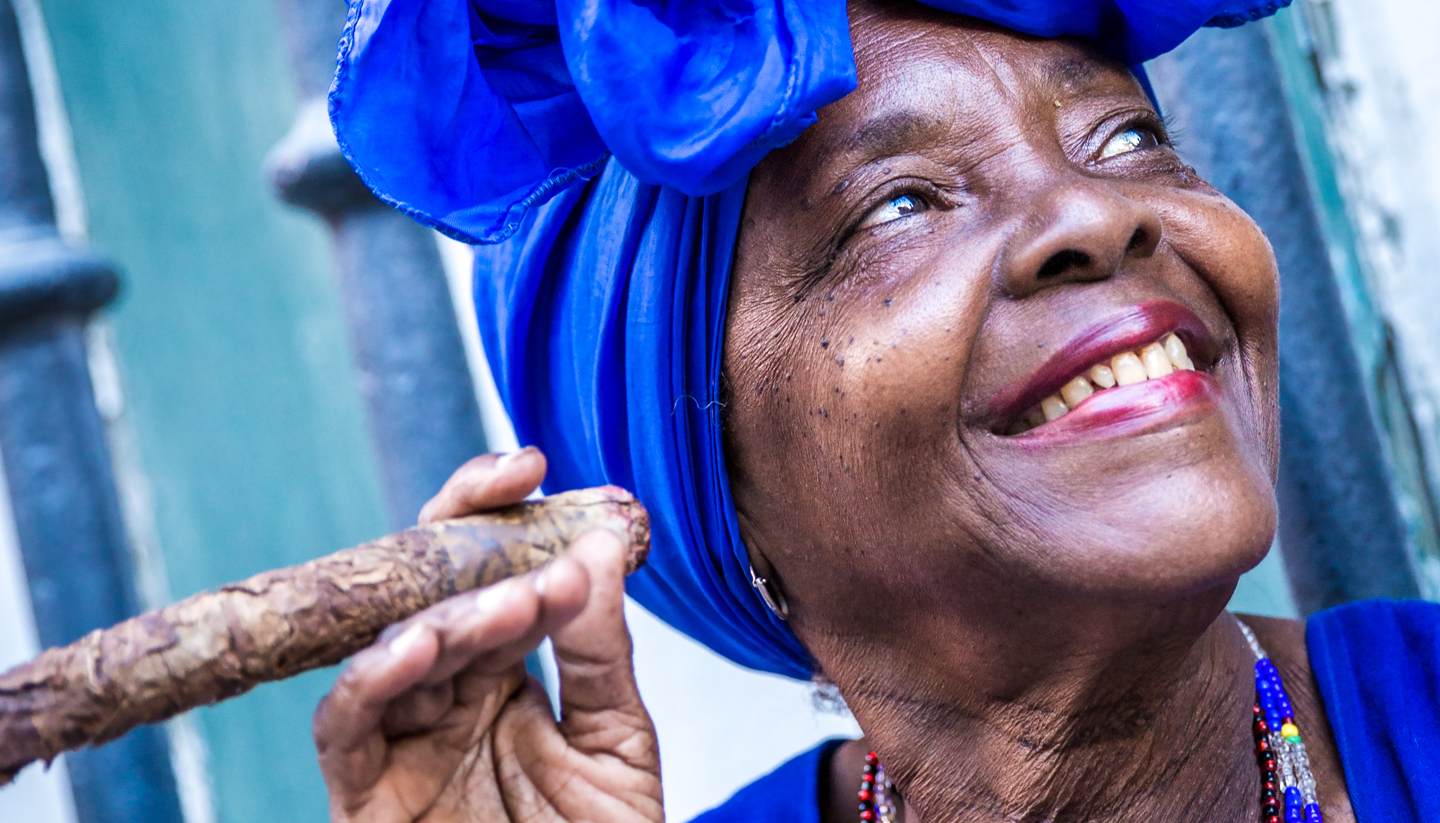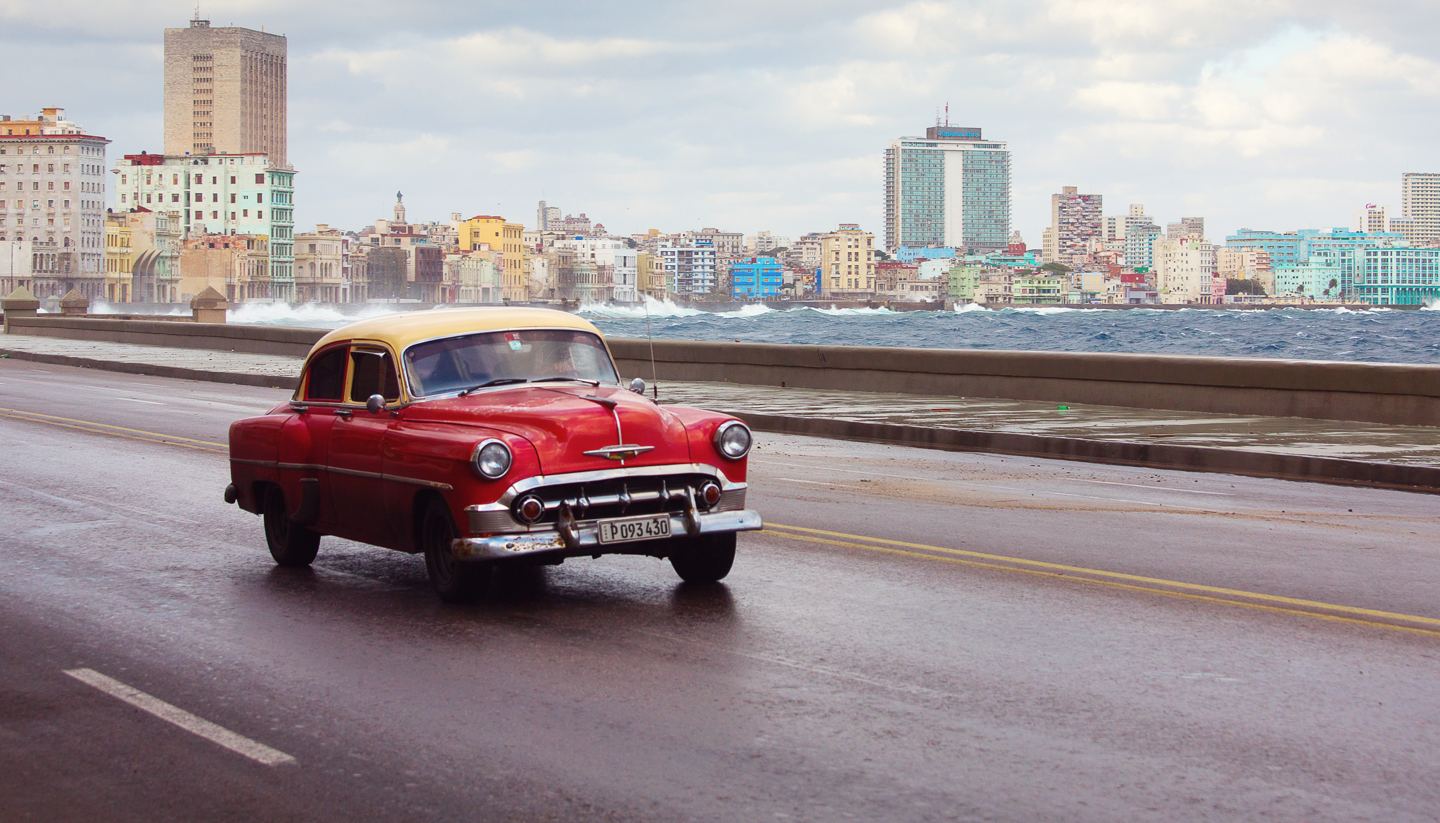Travel to Havana
Flying to Havana
More than 30 airlines operate out of Havana José Martí International Airport, including Virgin Atlantic, United, Air China, Iberia, Delta, KLM, Alitalia and Cuban national carrier Cubana de Aviación (tel: +53 7 649 0410; www.cubana.cu).
Flight times
From London - 10 hours; New York - 4 hours; Miami - 1 hour; Toronto - 3 hours 30 minutes; Sydney - 25 hours (including stopover).
Travel by road
Cuba's island-wide road network generally hosts more hitchhikers, cyclists, trucks and horse-drawn carriages than automobiles. Local roads, designated by two or three numbers, tend to be in bad shape generally.
Traffic drives on the right and road signs are similar to those used in Europe. The minimum driving age is 18, although you usually need to be at least 21 to hire a car. Speed limits are 50kph (31mph) in towns, 90kph (55mph) on main roads and 100kph (62mph) on the highway. Speeding and other offences are liable to fines payable upon hire car return. Driving under the influence of alcohol carries heavy fines.
There is no automobile association in Cuba; car hire companies have an emergency number for breakdowns, but asking locals for assistance may be more efficient. Planning routes carefully, checking the location of petrol stations, ensuring there's a spare tyre and carrying a good road map is advisable.
Emergency breakdown services
When all else fails, try the tow-service offered by Havana-based Servimovil (tel: +53 7 641 8362).
Routes
The national highway is known as Ocho Vías (Eight Lanes) as it leaves Havana heading west to Pinar del Río and east through Santa Clara to its terminus in Ciego de Ávila. This wide, modern highway is in good repair but has zero lighting, making night driving difficult, if not downright dangerous.
The older national artery, the Carretera Central, is a slower alternative and runs the length of the island from La Fé on the western tip of the island via Havana and then Santa Clara down to Guantánamo in the east. Trinidad is reached by branching off this road before Santa Clara. A better maintained road, the Vía Blanca, links Havana with the main beach resort of Varadero.
Coaches
Cuba's bus network is extensive, making bus the most popular way to travel. Most visitors go with Víazul (tel: +53 7 881 1413; www.viazul.com) in their overly enthusiastically air-conditioned coaches between Havana and Varadero, Viñales, Trinidad, Santiago de Cuba, and other major cities. The Víazul terminal is on Avenida 26 and Avenida Zoológico. You can buy tickets from their office. Payment is in Convertible Pesos (CUC).
Time to city
From Varadero - 2 hours 30 minutes; Santa Clara - 3 hours; Cienfuegos - 3 hours; Holguín - 8 hours; Santiago de Cuba - 12 hours.
Travel by Rail
Services
Train travel is a great way to meet people and experience a slice of Cuban life, but the service is notoriously unreliable with frequent delays and cancellations. This state of affairs should improve with a massive project between Brazil and Cuba to upgrade the island’s tracks and equipment. Until the project is complete, those who have the time and wherewithal to travel by train will embark on an unforgettable journey.
There is no national enquiries number but you can obtain information from the railway station in Havana. The main station is the Estación Central, Avenida Bélgica and Calle Arsenal, but this is closed for renovations until 2018, so most trains are currently departing from La Coubre station, which is close by. Expect the station to be rather crowded with patient passengers surrounded by large piles of luggage waiting for delayed trains.
Operators
Caribbean island with a functioning rail service, which is operated by Ferrocarriles de Cuba. The main, and best, route is from Havana to Santiago de Cuba via Matanzas, Santa Clara, Ciego de Ávila, Camagüey and Las Tunas. Published timetables don't exist, so it is imperative to check times well in advance and make a reservation in person at the station.Journey times
From Camagüey - 7 hours; Santiago - 15 hours.




